Explore why key Elon Musk technology predictions faced delays and remain unfulfilled years later.

Elon Musk’s forecasts have sparked global attention by promising revolutionary changes in technology and transportation. However, many of these bold predictions encountered unforeseen technical challenges, regulatory hurdles, and practical limitations. Understanding the reasons behind these delays provides insight into the complexities of innovation and sets realistic expectations for transformative technologies like autonomous vehicles, space travel, and renewable energy integration.
1. Elon Musk predicted fully autonomous cars would dominate roads by now.
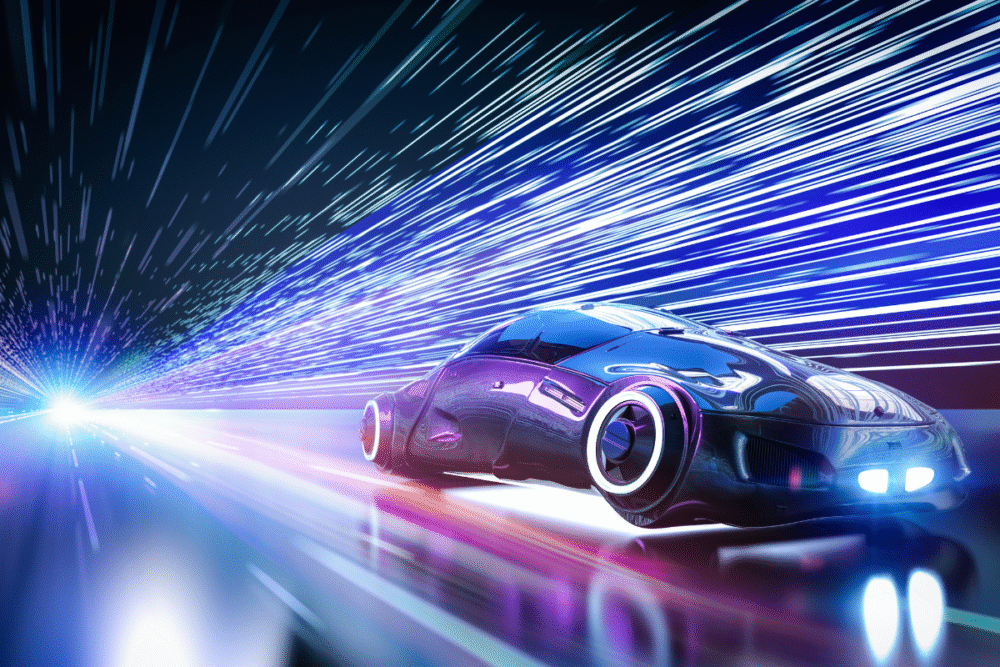
Fully autonomous cars, promised to dominate roads, remain largely in developmental stages. Musk’s vision relied on rapid advancements in AI, sensors, and infrastructure that have faced unexpected hurdles. The promise of self-driving technology remains unfulfilled, with safety concerns and regulatory approvals still ongoing.
While some vehicles now feature limited self-driving capabilities, widespread adoption faces delays. Technical challenges, such as accurately managing complex traffic scenarios and unpredictable road conditions, have slowed progress. Automotive companies continue to test and refine these systems, striving to meet public expectations and regulatory requirements.
2. He forecasted rapid colonization of Mars within this decade.
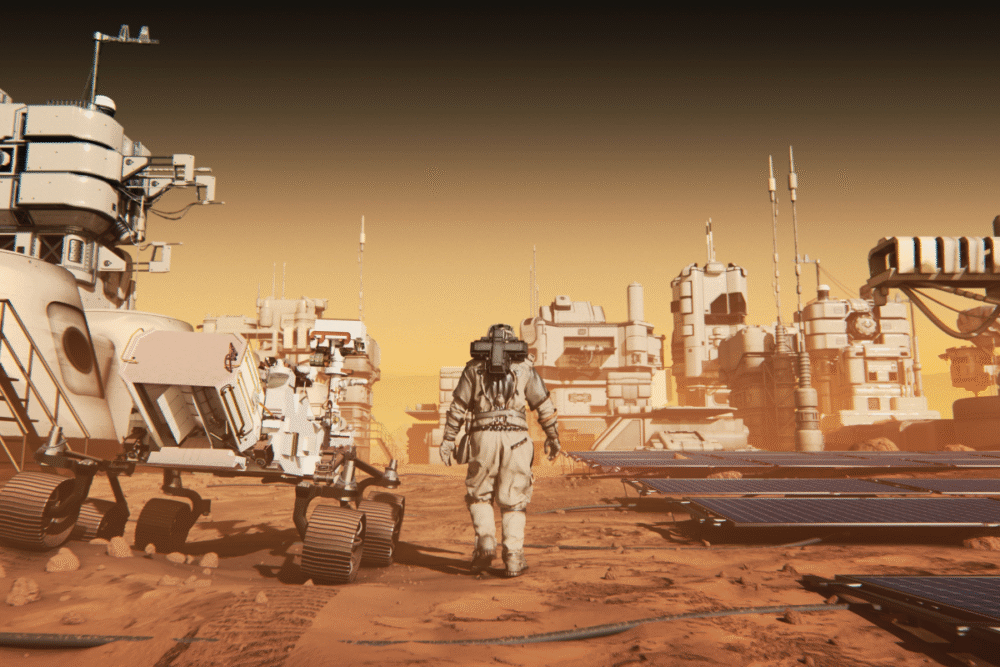
Musk’s vision of rapid Mars colonization anticipated self-sustaining cities on the Red Planet. This ambitious goal depends on advancements in space travel, life-support technologies, and sustainable habitats, all of which require substantial innovation and investment. Scientific and practical issues have hindered expected timelines.
Technical challenges and astronomical costs contribute to delays in achieving Musk’s Martian dreams. While SpaceX continues development on potential spacecraft, the required infrastructure for Mars colonization remains theoretical. Lingering questions about human safety and sustainability in harsh extraterrestrial environments persist.
3. Musk claimed that AI would achieve human-level intelligence imminently.

AI achieving human-level intelligence is a key prediction from Musk, suggested to occur imminently. AI research focuses on developing machines capable of thinking, reasoning, and understanding like humans. However, complexities in replicating nuanced human intelligence and consciousness pose significant scientific and ethical barriers.
Despite progress in AI capabilities, such as language processing and pattern recognition, truly human-equivalent intelligence remains elusive. Ethical and existential considerations complicate this pursuit, fostering debates about safety and control. Current AI advancements focus on narrow, specific tasks rather than general human-like cognition.
4. He anticipated a widespread adoption of Hyperloop transportation systems.
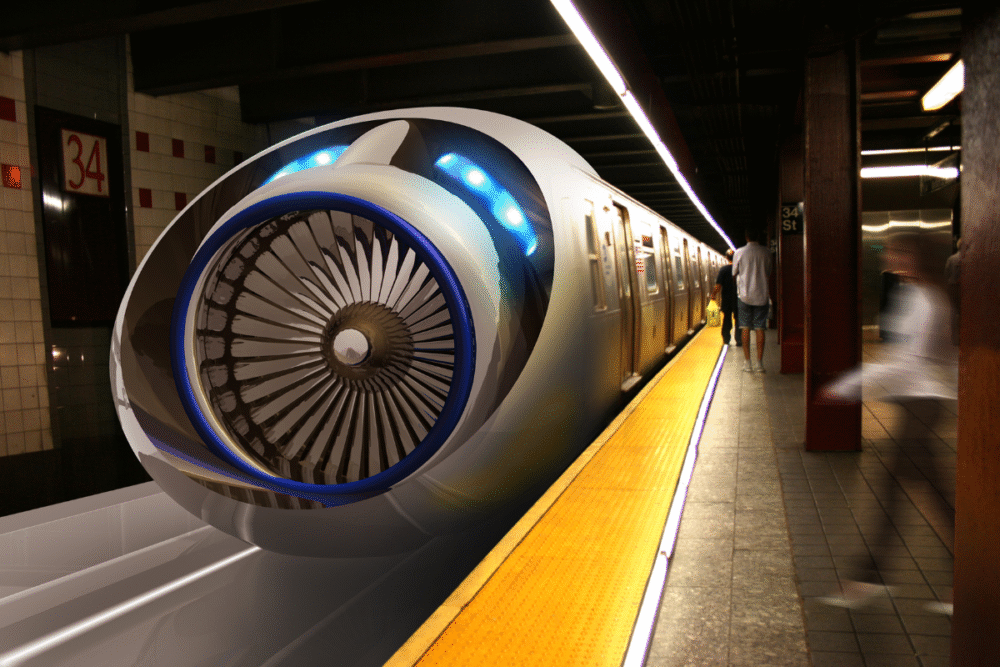
The Hyperloop concept envisioned by Musk promises high-speed travel via vacuum tubes, potentially revolutionizing long-distance transportation. Despite initial excitement, practical Hyperloop implementation has faced technical hurdles, funding constraints, and regulatory challenges that have slowed its progression from idea to reality.
Prototype testing continues but has not yet achieved widespread deployment. Engineering challenges in maintaining low-pressure environments and ensuring passenger safety have proven significant. Additionally, integrating Hyperloop systems into existing infrastructure presents logistical issues requiring innovative solutions and extensive collaboration.
5. Musk forecasted that personal flying cars would become commonplace soon.
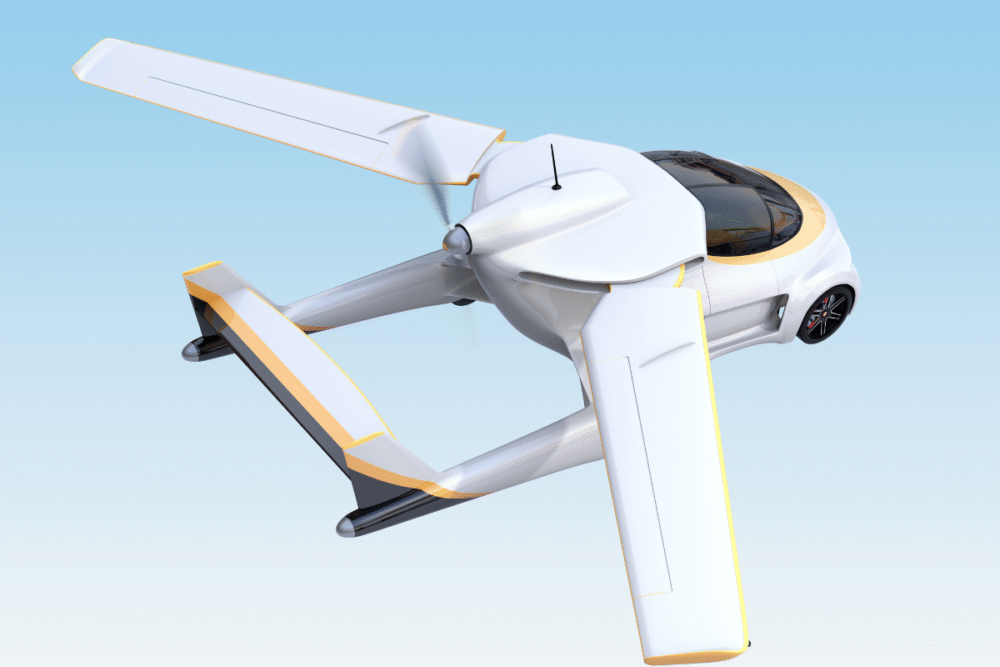
Musk’s forecasted widespread use of personal flying cars aimed to redefine urban mobility. The concept requires significant advances in battery technology, autonomous flight systems, and regulatory frameworks. Despite ongoing developments, technical, safety, and legal hurdles have kept flying cars largely in the conceptual phase.
Current prototypes show promise but highlight challenges in airspace management and public acceptance. As flying vehicles demand fresh air traffic control systems and robust safety regulations, urban landscapes and policy adaptations must align for successful integration into daily commuting routines.
6. He predicted massive solar energy breakthroughs would transform global power.

Massive breakthroughs in solar energy were predicted to transform global power methods according to Musk. Solar power improvements, like increased efficiency and decreased costs, were expected to revolutionize energy sustainability swiftly. However, infrastructure and grid integration challenges have slowed the anticipated rapid transformation.
While solar technology adoption grows, obstacles such as storage technologies and compatibility with existing power grids impede faster transitions. Innovations continue to emerge, yet the original timeframe set for a solar energy overhaul remains extended as industry players address these ongoing hurdles.
7. Musk expected Neuralink to enable seamless brain-computer communication quickly.

Neuralink, Musk’s brain-computer interface venture, promised seamless communication between humans and computers. Achieving this complex integration involves overcoming significant scientific and technical barriers. Implant technology, neural signal decoding, and safety issues must be resolved before Neuralink’s ambitious goals materialize in everyday applications.
Despite breakthroughs in initial trials, translating these into widespread consumer products demands careful navigation of ethical, medical, and technical risks. Regulatory scrutiny ensures that human trials prioritize participant safety, ensuring Neuralink’s aspirations align with legal and moral standards.
8. He anticipated Tesla would lead a global shift to electric vehicles rapidly.

Musk envisioned Tesla leading a rapid shift toward global electric vehicle adoption. While Tesla remains a significant force in the automotive industry, transitioning entirely from gas-powered to electric vehicles encounters economic, technological, and infrastructure-related barriers that slow widespread transition efforts.
The electric vehicle market grows steadily, but addressing battery production and charging infrastructure challenges remains critical for accelerated adoption. Tesla’s innovations spur industry competition and technological advancements, yet global market saturation tales more gradual paths than initially predicted.
9. Musk claimed that reusable rocket technology would drastically cut space costs.

Reusable rocket technology, seen as a path to drastically cut space costs, focused on creating cost-effective, sustainable space travel through SpaceX. Although partial implementation occurred, full economic breakthroughs remain constrained by complex technical and economic impacts affecting broader accessibility.
SpaceX has succeeded in recovering and reusing rocket components, lowering costs per launch and encouraging industry innovation. However, the vision of broad affordability and accessibility in space travel still encounters fiscal and regulatory considerations, resulting in more incremental than revolutionary cost reductions.
10. He forecasted a future with widespread use of fully autonomous robots.

Fully autonomous robots were anticipated as commonplace under Musk’s vision, focusing on technological advances in robotics and AI. Current robotics development faces significant challenges in replicating complex human actions and decision-making capabilities essential for diverse real-world applications.
Research continues innovating robotic sensors, AI algorithms, and mechanical precision necessary for autonomy. Existing robots handle specific tasks but lack the generalized intelligence necessary for broader implementation. Autonomous robotics evolution illuminates hurdles in achieving seamless integration into daily life routines across varied environments.
11. Musk predicted tunnel boring machines would revolutionize urban transportation infrastructure.
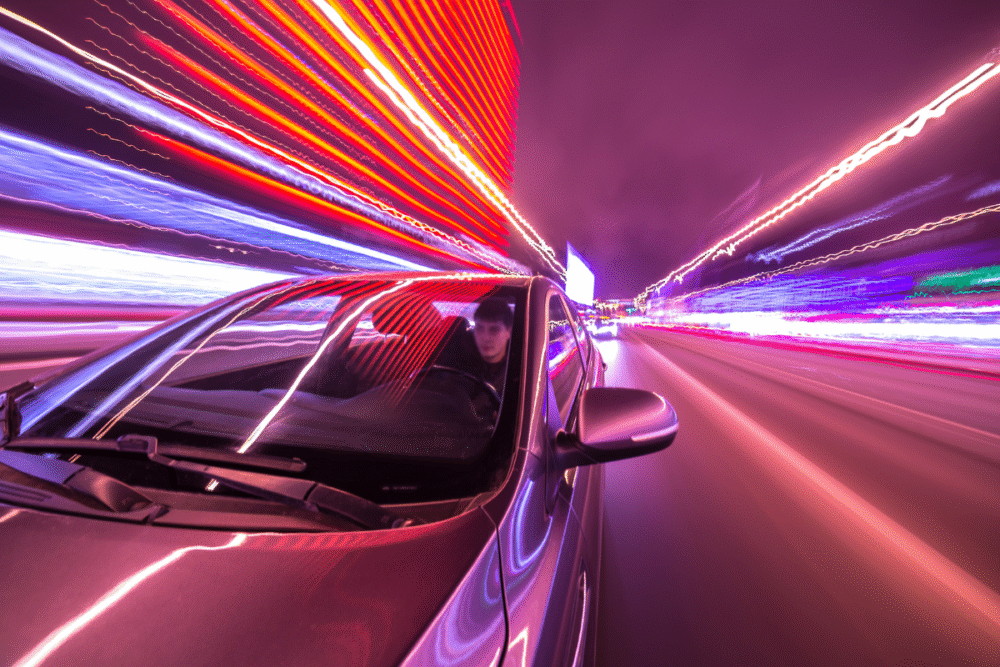
Musk predicted tunnel boring technology would revolutionize urban infrastructure, aiming to alleviate traffic congestion through innovative underground transport. Despite determination, the technological and regulatory challenges in implementing extensive underground networks subtleties have delayed transformational impacts.
Infrastructure projects, including the Boring Company’s ventures, highlight difficulties in scaling and integrating such systems with urban settings. Addressing cost concerns and legal approvals, alongside technological development, remains crucial as efforts continue to reshape urban transport landscapes to ease congestion and improve connectivity.
